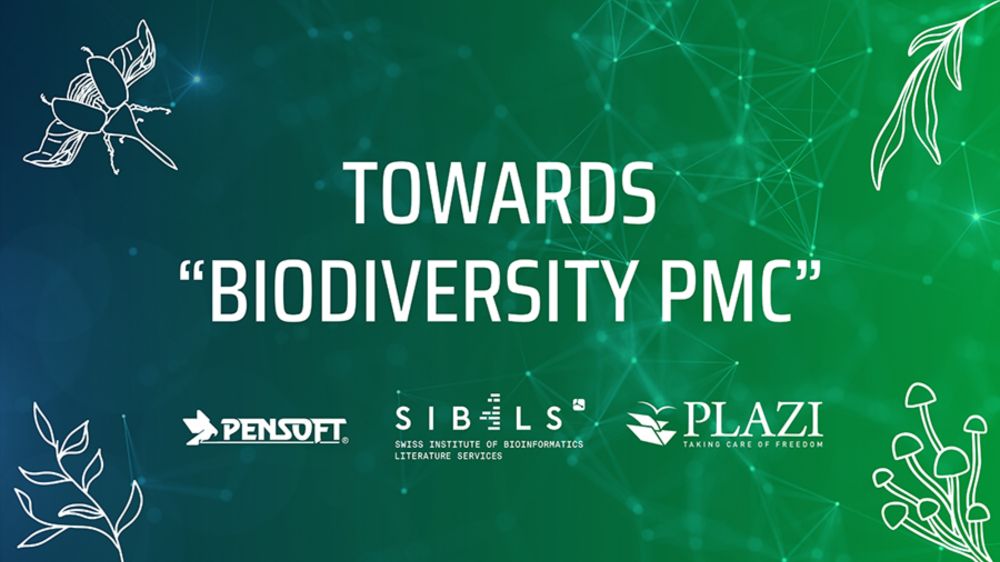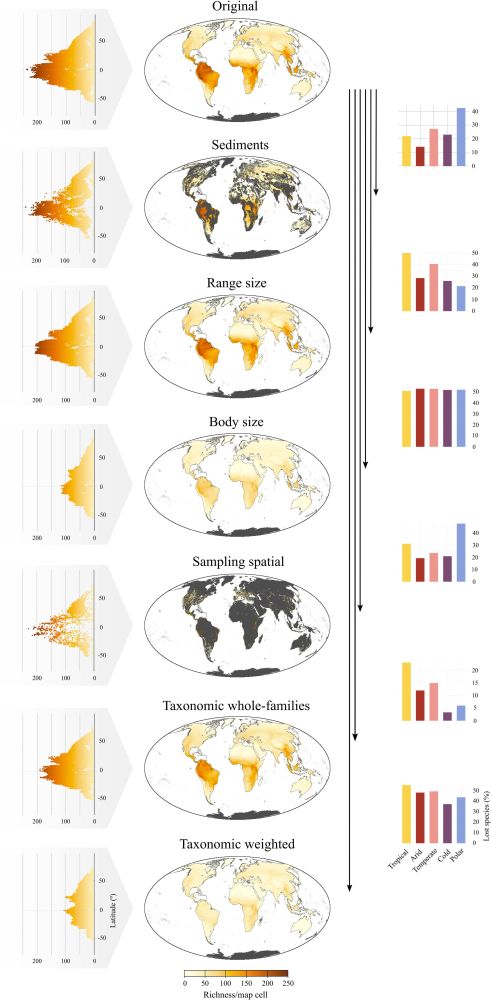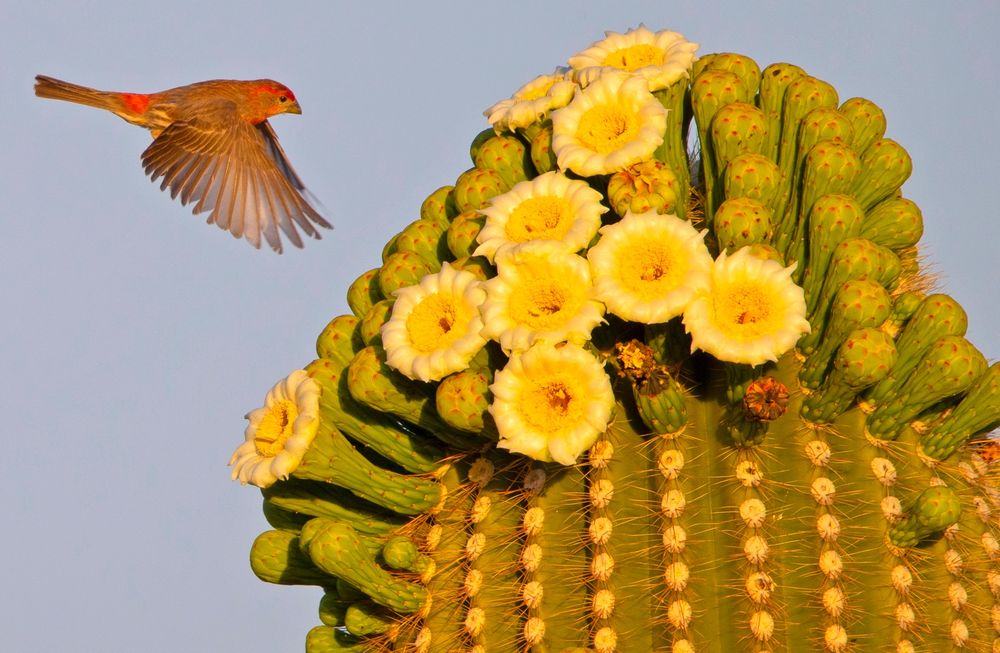Society of Island Biology
@islandbiology.bsky.social
430 followers
48 following
6 posts
This is the official account of the Society of Island Biology (SIB). For more information go to https://islandbiology.com/.
Posts
Media
Videos
Starter Packs
Reposted by Society of Island Biology
Reposted by Society of Island Biology
Reposted by Society of Island Biology
Reposted by Society of Island Biology
PLOS Biology
@plosbiology.org
· 12d

Transformative change to address biodiversity loss is urgent and possible
Transformative change for a just and sustainable world often appears overwhelming. This Perspective highlights the key messages from the IPBES Transformative Change Assessment and how everyone can be ...
plos.io
Reposted by Society of Island Biology
Reposted by Society of Island Biology
Reposted by Society of Island Biology
Reposted by Society of Island Biology
Reposted by Society of Island Biology
Reposted by Society of Island Biology
Reposted by Society of Island Biology
Reposted by Society of Island Biology
Reposted by Society of Island Biology
Reposted by Society of Island Biology
Reposted by Society of Island Biology
Yung En Chee
@yungenchee.bsky.social
· Aug 22
Reposted by Society of Island Biology
Reposted by Society of Island Biology
Cameron Thrash
@jcamthrash.bsky.social
· Jul 24
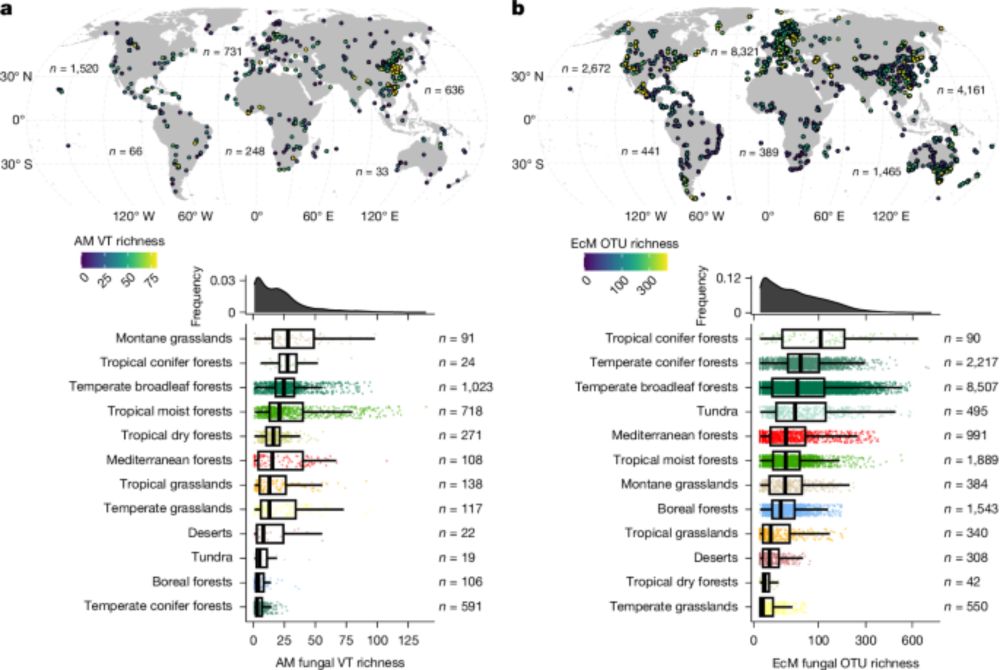
Global hotspots of mycorrhizal fungal richness are poorly protected - Nature
Machine-learning algorithms trained on 25,000 geolocated soil samples are used to create high-resolution global maps of mycorrhizal fungi, revealing that less than 10% of their biodiversity hotspots a...
www.nature.com
Reposted by Society of Island Biology
Reposted by Society of Island Biology
Reposted by Society of Island Biology
PLOS Climate
@plosclimate.org
· Jul 24
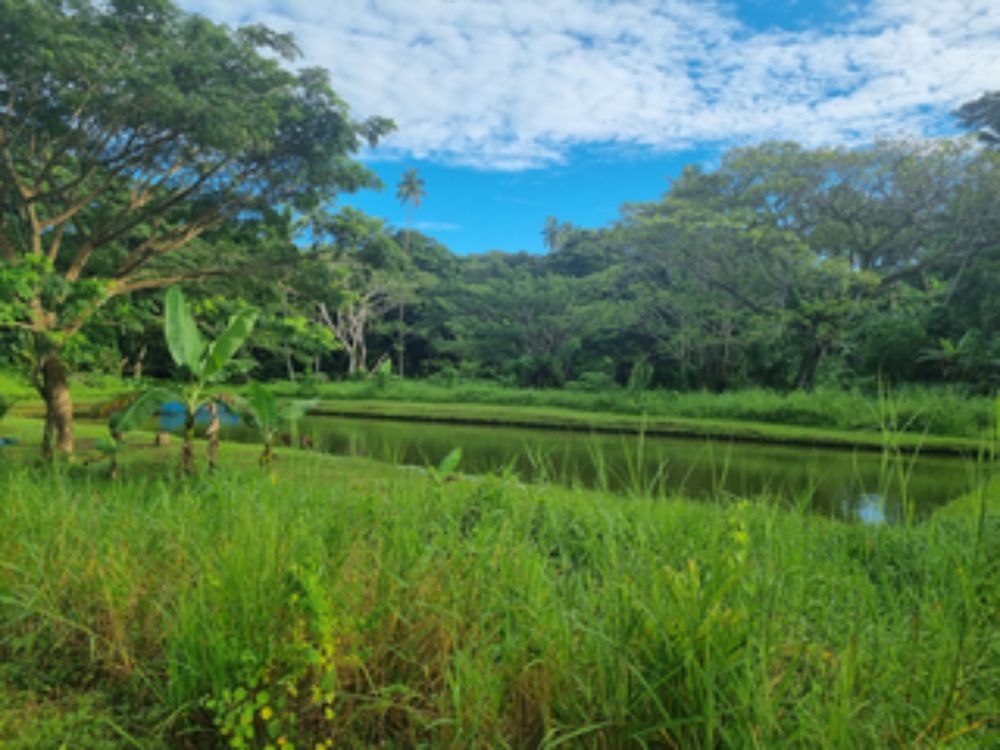
Adaptive capacity in Pacific Islands: Responding to coastal and climatic change in Nagigi village, Fiji
Coastal communities across the Pacific are increasingly recognized as places of priority for climate adaptation. Pacific Island communities are developing and using strategies to adapt their lives and...
journals.plos.org
Reposted by Society of Island Biology
Reposted by Society of Island Biology
Reposted by Society of Island Biology
Reposted by Society of Island Biology

















